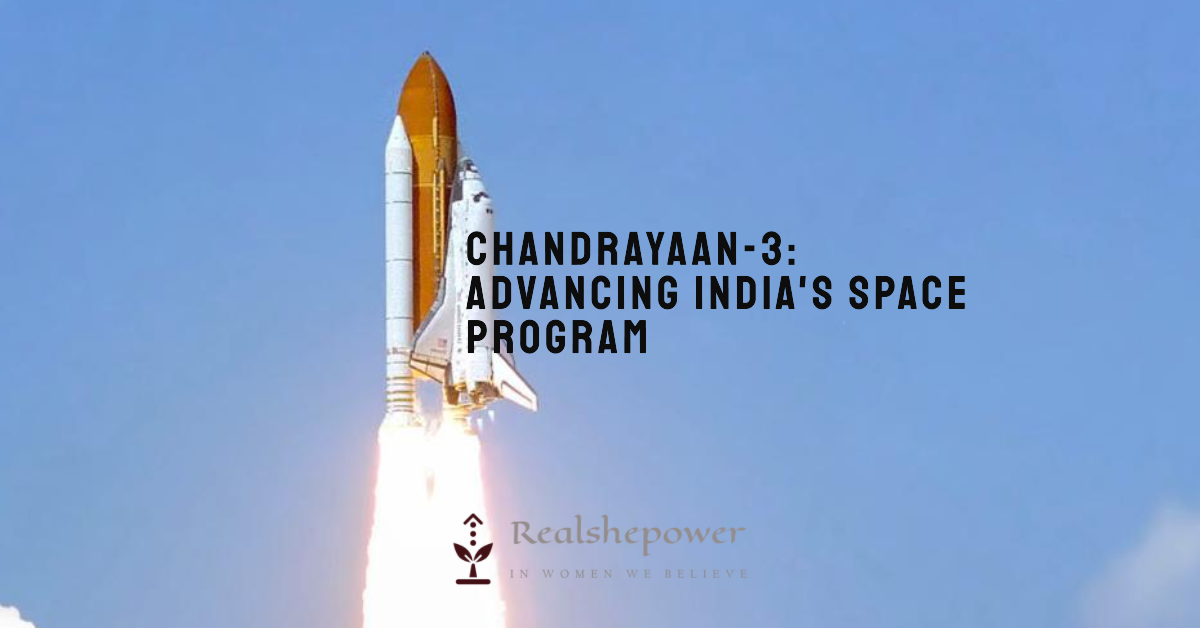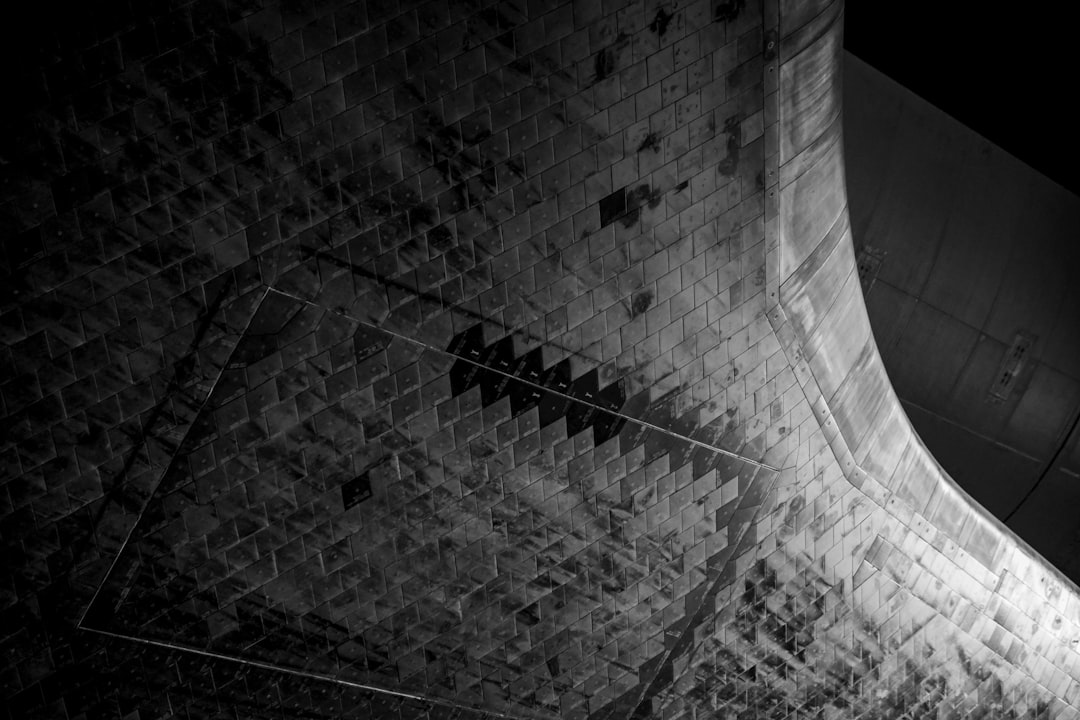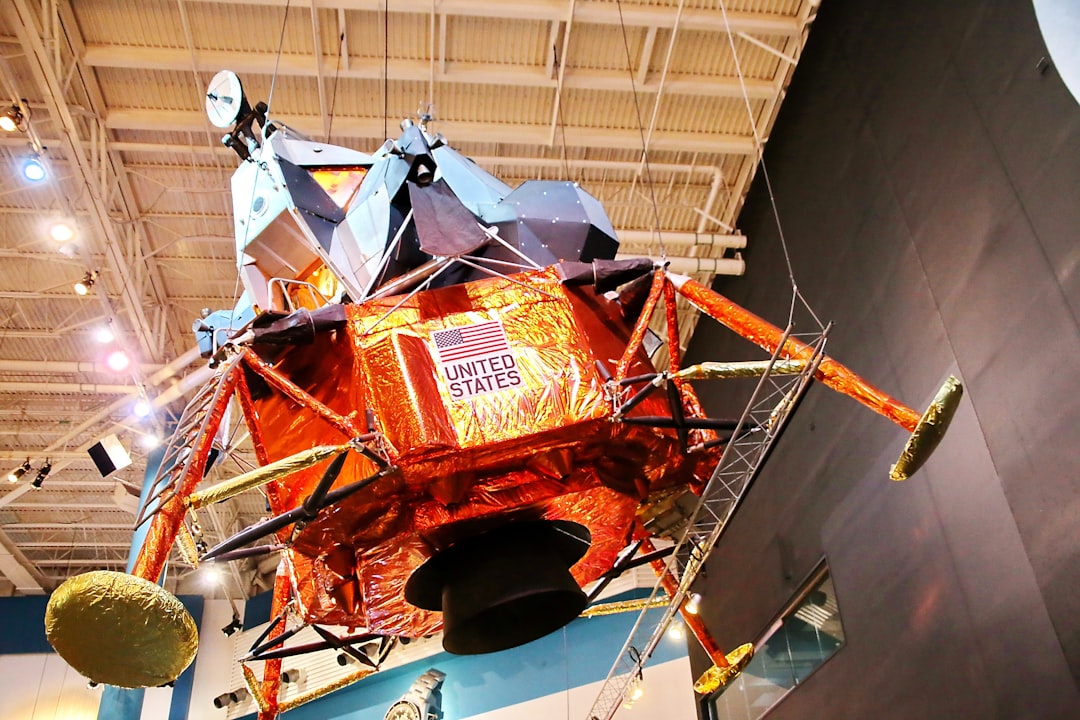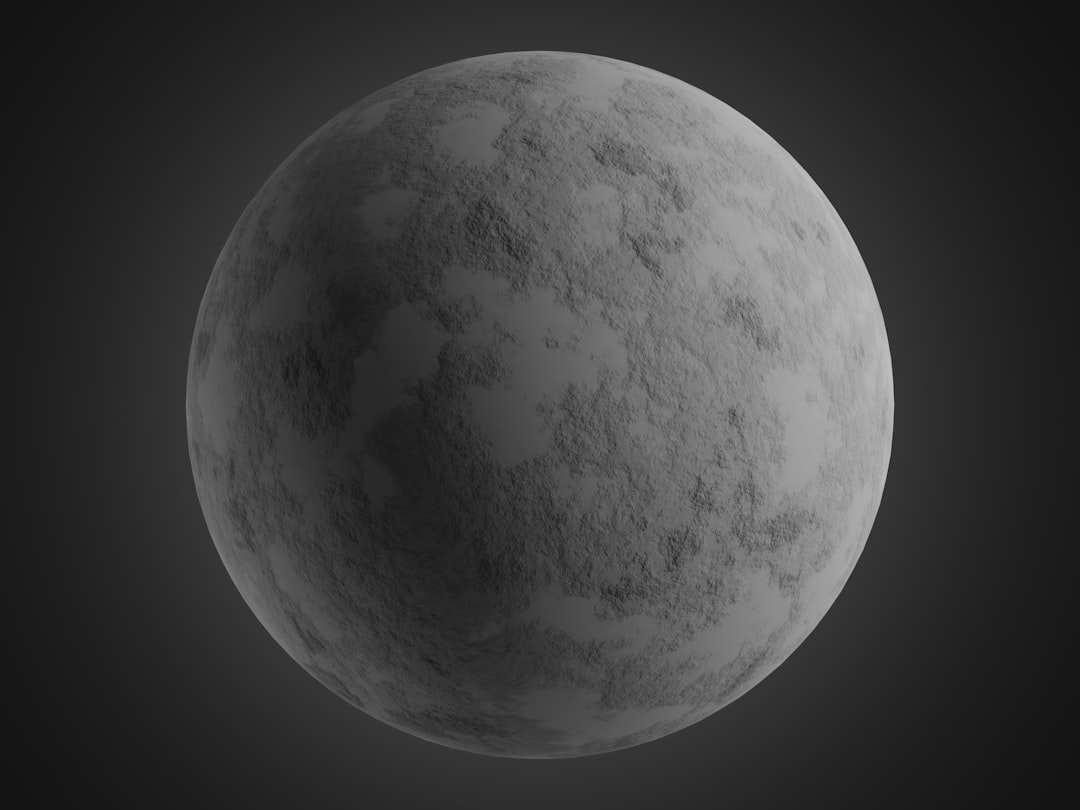What is Chandrayaan-3 explained?


What is Chandrayaan-3 explained
Chandrayaan 3, the third lunar exploration mission by the Indian Space Research Organisation (ISRO), has garnered significant attention worldwide. Building upon the success of its predecessors, Chandrayaan 1 and 2, this mission aims to unveil more mysteries of the moon and further enhance India’s space capabilities. From its objectives to its proposed timeline, this article serves as a comprehensive guide, providing you with all the information you need to know about Chandrayaan 3. Join us as we delve into the details and explore the exciting world of lunar exploration.
Table of Contents

2. Brief overview of Chandrayaan missions
Chandrayaan missions have been instrumental in advancing India’s space exploration capabilities and expanding our understanding of the moon. Let’s take a brief overview of the previous missions, Chandrayaan 1 and 2, before diving into the details of Chandrayaan 3.
1. Chandrayaan 1:
Launched on October 22, 2008, Chandrayaan 1 marked India’s first lunar mission. It consisted of an orbiting spacecraft and an impactor. The primary objectives of this mission were to create a 3D map of the moon’s surface, study its mineral composition, and search for evidence of water on the moon. Chandrayaan 1 successfully detected water molecules on the lunar surface, confirming the presence of water ice in the permanently shadowed regions of the moon.
2. Chandrayaan 2:
Chandrayaan 2, launched on July 22, 2019, aimed to build upon the success of Chandrayaan 1 and further explore the moon’s south polar region. This mission consisted of an orbiter, a lander named Vikram, and a rover named Pragyan. The primary objective of Chandrayaan 2 was to soft-land the lander and rover near the lunar south pole and conduct in-situ experiments to analyze the moon’s surface. Despite a partial success, as the lander lost communication during the descent, the orbiter continues to orbit the moon and provides valuable data.
Now, with Chandrayaan 3, ISRO is gearing up to continue its lunar exploration journey and unveil more mysteries of the moon. In the following sections, we will explore the objectives, timeline, and advancements of Chandrayaan 3 in more detail.

3. Importance and objectives of Chandrayaan 3
Chandrayaan 3 holds significant importance in India’s space exploration journey and represents a crucial step towards unveiling more mysteries of the moon. The mission aims to achieve several objectives, which not only contribute to our understanding of the moon but also hold great scientific and technological value. Let’s delve into the importance and objectives of Chandrayaan 3:
1. Continuation of Lunar Exploration:
Chandrayaan 3 serves as a continuation of India’s lunar exploration program. By building upon the successes of Chandrayaan 1 and Chandrayaan 2, this mission will further expand our knowledge of the moon’s geological composition, mineral distribution, and its evolution over time. The data collected by Chandrayaan 3 will aid in enhancing our understanding of the moon’s origin and its relationship with Earth.
2. Exploration of Untouched regions:
One of the primary objectives of Chandrayaan 3 is to explore the lunar south pole in greater detail. The south pole holds immense scientific significance due to its unique characteristics, such as the presence of permanently shadowed regions. Chandrayaan 3 aims to study these regions and investigate the possibility of water ice deposits, which can have potential implications for future human space exploration and resource utilization.
3. Technological Advancements:
The development and execution of Chandrayaan 3 present an opportunity for technological advancements in India’s space exploration capabilities. By incorporating lessons learned from previous missions, ISRO (Indian Space Research Organization) aims to enhance the reliability and efficiency of the mission’s components, including the lander and rover. This endeavor will contribute to the growth of indigenous space technology and pave the way for future deep space missions.
4. International Collaboration:
Chandrayaan 3 also holds the potential for international collaboration. With a growing interest in moon exploration, various countries and space agencies are keen to participate and contribute their expertise to this mission. Collaborative efforts in Chandrayaan 3 can foster scientific cooperation, shared data, and technical advancements, ultimately benefiting the global scientific community.
The objectives of Chandrayaan 3 reflect India’s commitment to space exploration and the pursuit of scientific knowledge. By successfully achieving these objectives, this mission will contribute to unlocking the mysteries of the moon and inspire further advancements in the field of lunar science and technology.

4. Updates and improvements from previous missions
Chandrayaan 3 builds upon the knowledge and experience gained from the previous lunar missions, Chandrayaan 1 and Chandrayaan 2, incorporating updates and improvements to enhance its capabilities and increase the chances of mission success. Here are some of the key updates and improvements from the previous missions:
1. Enhanced Lander and Rover Design:
One of the significant updates in Chandrayaan 3 is the improved design of the lander and rover. Lessons learned from the previous missions have been applied to enhance the reliability and performance of these critical components. The lander and rover are designed to withstand the challenging lunar environment and operate effectively for an extended period, allowing for more in-depth exploration and data collection.
2. Robust Communications System:
To overcome the communication challenges faced during Chandrayaan 2, Chandrayaan 3 features a robust and reliable communications system. This update ensures seamless communication between the spacecraft and earth, enabling real-time data transmission and enhancing the overall mission efficiency.
3. Advanced Sensors and Instruments:
Chandrayaan 3 incorporates advanced sensors and scientific instruments to facilitate comprehensive research and exploration of the moon’s surface. These updated instruments provide more accurate and detailed data regarding the moon’s geological composition, mineral distribution, and other important scientific parameters. The improved sensors enable scientists to gain a deeper understanding of the moon’s origin and evolution.
4. Reinforced Navigation and Landing Systems:
One of the key challenges faced by Chandrayaan 2 was the precise navigation and soft landing on the lunar surface. In Chandrayaan 3, the navigation and landing systems have been reinforced and fine-tuned to ensure a successful landing. The updates in these systems increase the mission’s reliability and maximize the chances of obtaining valuable data and samples from the moon.
5. Enhanced Mission Planning and Execution:
Chandrayaan 3 incorporates improved mission planning and execution strategies based on the lessons learned from the previous missions. This includes more comprehensive risk assessment, contingency planning, and overall mission management. The enhanced planning and execution ensure that the mission is well-prepared to handle any unforeseen challenges and optimize the utilization of available resources.
With these updates and improvements, Chandrayaan 3 aims to overcome the limitations and obstacles encountered during the previous missions, paving the way for more successful lunar exploration and scientific discoveries. The advancements in technology and mission design reflect India’s commitment to pushing the boundaries of space exploration and contributing to the global scientific community’s understanding of the moon.
5. Stages of Chandrayaan 3 mission
The Chandrayaan 3 mission consists of several stages, each crucial for its success. These stages involve a series of complex operations and high precision execution. Here are the five main stages of the Chandrayaan 3 mission:
1. Launch:
The first stage of the mission is the launch. Chandrayaan 3 will be launched into space using a powerful rocket, most likely the Geosynchronous Satellite Launch Vehicle (GSLV) Mk III. The launch vehicle will carry the spacecraft and place it in the desired orbit around the Earth.
2. Transit to the Moon:
After the successful launch, the spacecraft will begin its journey towards the Moon. The transit phase involves navigating through space, aligning the trajectory, and adjusting the course to ensure a precise lunar rendezvous. This stage requires precise calculations and adjustments to ensure the spacecraft reaches the Moon’s vicinity accurately.
3. Lunar Orbit Insertion:
Upon reaching the Moon’s vicinity, Chandrayaan 3 will undergo the critical process of lunar orbit insertion. This stage involves firing the spacecraft’s engines to slow it down and allow it to be captured by the Moon’s gravitational pull. The spacecraft will then enter a stable orbit around the Moon, ready for further operations.
4. Descent and Soft Landing:
After achieving a stable lunar orbit, the spacecraft will begin its descent towards the lunar surface. This stage requires highly precise navigation and control to ensure a safe and controlled landing. The spacecraft’s descent engines will be fired to gradually slow down and land gently on the designated landing site. The goal is to achieve a soft landing, similar to the successful landing of Chandrayaan 2’s Vikram lander.
5. Rover Exploration:
Once the lander safely touches down on the lunar surface, the rover will be deployed onto the moon’s rugged terrain. The rover is equipped with advanced scientific instruments to conduct experiments, collect data, and explore the lunar surface. It will perform various activities such as analyzing soil samples, studying the moon’s geology, and capturing high-resolution images.
Throughout these stages, the mission control center on Earth will closely monitor and manage the spacecraft’s operations. They will make critical decisions, perform necessary course corrections, and ensure the mission’s success.
The Chandrayaan 3 mission’s stages represent significant advancements and improvements over the previous missions, incorporating lessons learned and updated technology. The successful execution of each stage brings India closer to achieving its scientific objectives and unlocking new mysteries about the moon.
6. Collaborations and international contributions
The Chandrayaan 3 mission represents a significant milestone in India’s space exploration endeavors, and it is not confined to national boundaries. Collaborations and international contributions play a crucial role in ensuring the success of the mission and fostering scientific cooperation.
1. Collaborations with Other Space Agencies:
The Indian Space Research Organisation (ISRO), responsible for the Chandrayaan 3 mission, has actively sought collaborations with other space agencies. These collaborations bring together the expertise, resources, and technological advancements of multiple nations, accelerating progress and expanding the scope of scientific investigations.
For example, ISRO collaborated with NASA on the Chandrayaan 2 mission, and the collaboration proved to be mutually beneficial. NASA’s Lunar Reconnaissance Orbiter (LRO) provided crucial support by capturing high-resolution images of the Vikram lander’s landing site, aiding in the analysis of the mission’s outcome. Such collaborations strengthen the scientific community and foster global cooperation in space exploration.
2. International Payloads and Experiments:
The Chandrayaan 3 mission also welcomes international payloads and experiments on board the spacecraft. This allows scientists from different countries to participate in the mission and contribute their expertise to various scientific investigations.
International contributions can range from instruments and experiments aimed at studying the moon’s geology, composition, or atmospheric conditions to technological demonstrations and advancements in space exploration. These diverse contributions enrich the mission’s scientific goals and promote knowledge sharing among different nations.
3. Data Sharing and Scientific Cooperation:
In addition to collaborations and international payloads, the Chandrayaan 3 mission emphasizes data sharing and scientific cooperation. The data acquired and gathered during the mission will be made available to the global scientific community, facilitating further research, analysis, and discoveries.
By sharing data, the mission encourages scientists from around the world to collaborate, build upon previous findings, and gain a deeper understanding of the moon’s mysteries. This spirit of scientific cooperation transcends national boundaries, enabling collective progress in lunar exploration and expanding humanity’s knowledge of the lunar environment.
Collaborations and international contributions not only enhance the scientific output of the Chandrayaan 3 mission but also promote diplomatic relations and goodwill between participating nations. The mission becomes a symbol of shared aspirations, teamwork, and the universal quest for knowledge, bringing the global community closer together in the exploration of space.
As the Chandrayaan 3 mission unfolds, collaborations and international contributions will continue to shape its trajectory, amplify its scientific impact, and contribute to the collective efforts aimed at unearthing the mysteries of the moon.

7. Challenges and precautions
The Chandrayaan 3 mission, like any ambitious space exploration endeavor, faces various challenges and necessitates precautionary measures to ensure its success and the safety of the mission’s objectives. Here are some of the key challenges and precautions associated with the Chandrayaan 3 mission:
1. Launch Window and Timing:
One of the critical aspects of planning a successful lunar mission is identifying the optimal launch window and timing. Factors such as the moon’s position, Earth’s orbit, and other celestial alignments need to be meticulously analyzed to determine the most favorable launch opportunity. Meeting this challenge requires careful planning and coordination to ensure that the spacecraft is launched at the right time for a successful journey to the moon.
2. Technical and Engineering Challenges:
Space exploration missions, including the Chandrayaan 3 mission, involve numerous technical and engineering challenges. These challenges encompass spacecraft design, propulsion systems, navigation and guidance, communications, and thermal management, among others. Ensuring that all systems operate flawlessly in the harsh lunar environment requires robust engineering solutions and extensive testing to prevent potential issues during the mission.
3. Lunar Landing and Terrain Evaluation:
One of the critical stages of the Chandrayaan 3 mission will be the lunar landing. Learning from the challenges faced during the Chandrayaan 2 mission, meticulous attention must be paid to the landing trajectory, ensuring a smooth touchdown on the lunar surface. Additionally, a thorough evaluation of the lunar terrain is necessary to select a suitable landing site, free from hazardous obstacles and with optimal scientific value.
4. Radiation Exposure:
Radiation in space poses a significant challenge to both spacecraft and human explorers. The Chandrayaan 3 mission, like its predecessors, must consider the effects of radiation on the spacecraft’s delicate instruments and systems. Sufficient shielding and protective measures need to be employed to mitigate the potential damage caused by high-energy particles and solar events.
5. Contingency Planning:
Contingency planning is a crucial aspect of any space mission, including the Chandrayaan 3 mission. Unforeseen events, technical malfunctions, or communication disruptions can occur during the mission. Robust contingency plans with backup systems, redundant procedures, and alternative communication channels need to be in place to enable timely response and recovery in the face of unexpected challenges.
6. Collaboration with International Partners:
Collaboration with international partners brings numerous benefits to the Chandrayaan 3 mission, as discussed in the previous section. However, this collaboration also requires careful coordination and adherence to international standards and protocols. Ensuring effective communication, data sharing, and harmonization of mission objectives can pose challenges that need to be addressed through diplomatic efforts and clear guidelines.
7. Public and Environmental Safety:
Space missions have the potential to impact public safety and the environment. The Chandrayaan 3 mission must adhere to rigorous safety protocols to prevent any adverse effects on terrestrial ecosystems and human populations. Measures should be in place to prevent the release of potentially harmful substances, manage space debris, and ensure the safe reentry or disposal of the spacecraft after completing its mission objectives.
By addressing these challenges and implementing appropriate precautions, the Chandrayaan 3 mission can overcome obstacles and achieve its scientific goals while maintaining the safety and integrity of the mission. Each challenge represents an opportunity for innovation, collaboration, and advancement in space exploration, paving the way for future lunar missions and the unraveling of the moon’s mysteries.

